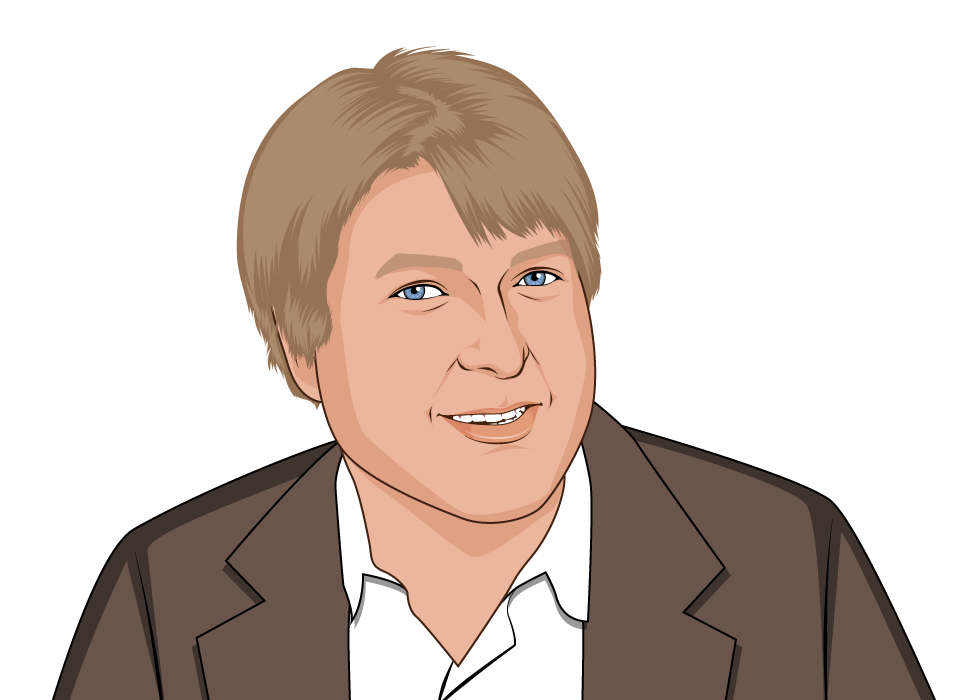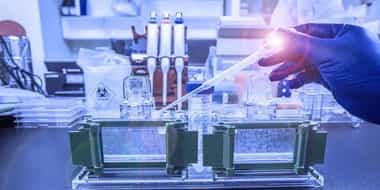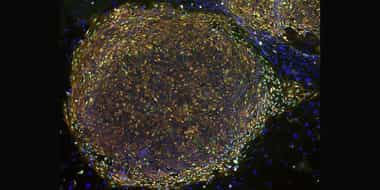
Feb 6, 2018
Blog Life Sciences , Biotechnology , Speaker Series DNA Sequencing in the Golden Age of Biology
On January 31, 2018, BCC Research analyst Smruti Munshi presented a Member-exclusive webinar on the future of mobile apps for DNA sequencing, and more specifically, smartphone apps used to interpret the data for both genealogical and medical applications. The technology is in a nascent stage, and the possibilities are seemingly endless. Senior Editor Chris Spivey captures the frontier-nature of DNA sequencing in his introduction, which is transcribed below.
In my opinion, an informal “Boston” title to today’s topic might be: “physics sucks and biology is wicked awesome, the mobile apps for DNA sequencing, version.”
Physics reached its apogee in the 100 years before the 1920s. Not much progress has occurred since then. We currently move about our planet using Victorian era technology, strapping ourselves into seats bolted onto high explosives. The current U.S. president would call this SAAAAD.
Into the science discovery void stepped Countess Lovelace’s differencing machine. Like internal combustion in the Victorian era, but unlike the airplane, modern computing and the information age, which would be alien to the Victorian mind. When you graft onto this Al Gore’s Frankenstein-Internet-of-sensors and things, even Arthur Conan Doyle would be mystified.
Our current golden age of biology most would say began in 2001 with the handshake by Bill Clinton, Francis Collins and Craig Venter. But I have particular reason to begin a little earlier, with Ed Southern. With the Southern blot, with the seeds of sequencing, with his spinoff Oxford Gene Technology and the creation of Microarrays. Thence to Oxford Nanopore Technologies, and the January 29 Nature publication of the Ion Torrent paper, and the hand-held assembly of human genomes via ultra-long reads.
Without becoming overly technical, assembly accuracy, after incorporating complementary short-read sequencing data, exceeded 99.8%. Ultra-long reads enabled assembly and phasing of the 4-Mb major histocompatibility complex (MHC) locus in its entirety. The reason I single out this aspect is that in humans, this complex is called the human leukocyte antigen (or HLA) system. It is used for tissue typing to see if donors are acceptable transplant candidates. It is the body’s own “alien material” recognition system. Ion torrent can discriminate in near real time, between viral and bacterial infection, and potentially in the future, between neurological degenerative enzymes and, god forbid, pancreatic cancer.
So, what we have is a handheld differencing machine, out of the TV fantasies of our youth—a prototype for Star Trek’s Dr McCoy’s tricorder—it can be deployed not only at airports, but also inside the flight, to recognize the difference between, SARS, MERS, avian flu and just a bad cold. It will find roles in military defense and aged café settings, and hopefully, one day, in that final frontier, of space exploration.
Which brings us back full circle to introducing Smruti. In those 8 years of our working together, her diligence, persistence and curiosity have carried her far and wide, and allows me the great pleasure of splitting that most celebrated of infinitives when I tell you that with this newly available report, she has boldly gone where no technology market report has gone before.
Download the free report overview for Mobile Apps for DNA Sequencing: Global Markets.

Synthetic biology is a multidisciplinary field of science that combines engineer...

Western blotting helps scientists separate and identify proteins. They do this b...

An important turning point in the development of regenerative medicine is marked...

We are your trusted research partner, providing actionable insights and custom consulting across life sciences, advanced materials, and technology. Allow BCC Research to nurture your smartest business decisions today, tomorrow, and beyond.
Contact UsBCC Research provides objective, unbiased measurement and assessment of market opportunities with detailed market research reports. Our experienced industry analysts assess growth opportunities, market sizing, technologies, applications, supply chains and companies with the singular goal of helping you make informed business decisions, free of noise and hype.